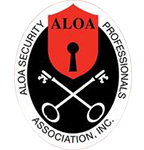This is one of the most important tests performed by professionals to certify a safe and its fire rating, and it involves heat sensors and paper being placed inside the safe before it’s locked and then exposed to a uniformly distributed fire. Regulated to reach a maximum temperature of 1700 degrees Fahrenheit for a period of one hour, the furnace is then allowed to cool without being opened. Throughout the test and during the cooling period, the interior temperature is recorded until a clear drop is shown; it must never exceed 350 degrees Fahrenheit.
For more detailed advice and guidance about fire rated gun safes, call in to your
local locksmiths store or browse their website for more information.

